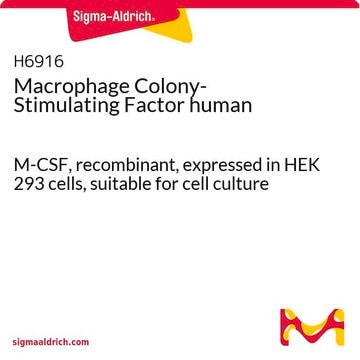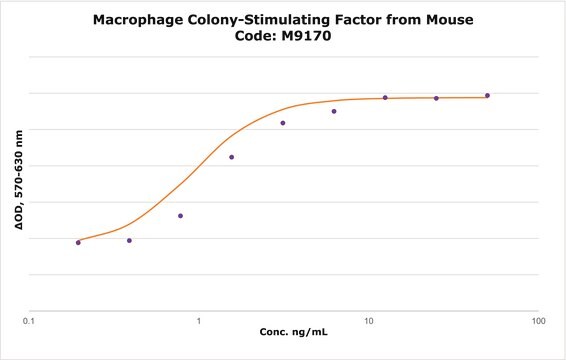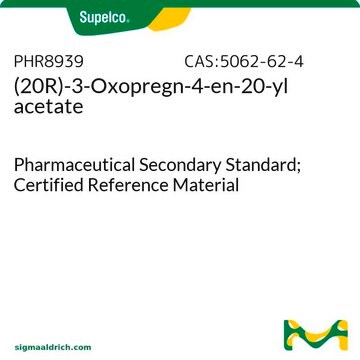MTOX1018
BSEP Knockout HepaRG™ Cells
1 vial
About This Item
Productos recomendados
origen biológico
human female liver (Source Disease: Hepatocarcinoma and Hepatitis C)
formulario
liquid
temp. de almacenamiento
−196°C
Información sobre el gen
human ... ABCB11(1351619)
Descripción general
Aplicación
Características y beneficios
- Sigma′s HepaRG BSEP Knockout (KO) allows investigations of drug-transporter interactions and bile acid biosynthesis, accumulation (Cholestasis), and transport involving BSEP in the liver.
- The frame-shift mutation of ABCB11 gene was confirmed by fragment length analysis and DNA sequencing.
- Loss of functionality was confirmed by loss of transport of selective substrates in sandwich culture assay.
Calidad
Información legal
Código de clase de almacenamiento
12 - Non Combustible Liquids
Clase de riesgo para el agua (WGK)
WGK 3
Punto de inflamabilidad (°F)
Not applicable
Punto de inflamabilidad (°C)
Not applicable
Certificados de análisis (COA)
Busque Certificados de análisis (COA) introduciendo el número de lote del producto. Los números de lote se encuentran en la etiqueta del producto después de las palabras «Lot» o «Batch»
¿Ya tiene este producto?
Encuentre la documentación para los productos que ha comprado recientemente en la Biblioteca de documentos.
Artículos
Oral drug delivery involves dissolution in the small intestine and absorption across the enterocyte barrier into the portal vein followed by subsequent delivery through the liver into the systemic circulation.
Nuestro equipo de científicos tiene experiencia en todas las áreas de investigación: Ciencias de la vida, Ciencia de los materiales, Síntesis química, Cromatografía, Analítica y muchas otras.
Póngase en contacto con el Servicio técnico






